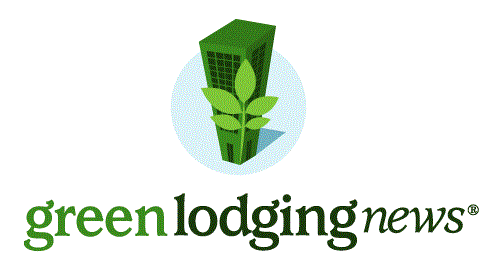 LONDON—A new comprehensive report released from the World Green Building Council (WorldGBC), highlights that there are a large number of compelling benefits from green buildings received by different stakeholders throughout the lifecycle of a building. The report, “The Business Case for Green Building: A Review of the Costs and Benefits for Developers, Investors and Occupants,” examines whether or not it’s possible to attach a financial value to the cost and benefits of green buildings. Today, green buildings can be delivered at a price comparable to conventional buildings and investments can be recouped through operational cost savings and, with the right design features, create a more productive workplace.
LONDON—A new comprehensive report released from the World Green Building Council (WorldGBC), highlights that there are a large number of compelling benefits from green buildings received by different stakeholders throughout the lifecycle of a building. The report, “The Business Case for Green Building: A Review of the Costs and Benefits for Developers, Investors and Occupants,” examines whether or not it’s possible to attach a financial value to the cost and benefits of green buildings. Today, green buildings can be delivered at a price comparable to conventional buildings and investments can be recouped through operational cost savings and, with the right design features, create a more productive workplace.
“This report synthesizes credible evidence from around the world on green buildings into one collective resource, and the evidence presented highlights that sustainable buildings provide tangible benefits and make clear business sense,” said Jane Henley, CEO of WorldGBC. “From risk mitigation across a building portfolio and city-wide economic benefits, to the improved health and well-being of individual building occupants, the business case for green building will continue to evolve as markets mature. Indeed we have already seen this momentum grow globally where in more and more places, green is now becoming the status quo.”
Key findings include:
• Asset Value: As investors and occupiers become more knowledgeable about and concerned with the environmental and social impacts of the built environment, buildings with better sustainability credentials will have increased marketability. In fact, studies from around the world demonstrate a pattern of greener buildings being able to more easily attract tenants and to command higher rents and sale prices;
• Design and Construction Costs: Research shows that building green does not necessarily need to cost more, particularly when cost strategies, program management and environmental strategies are integrated into the development process right from the start;
• Operating Costs: Green buildings have been shown to save money through reduced energy and water use and lower long-term operations and maintenance costs. The energy savings alone typically exceed any cost premiums associated with their design and construction within a reasonable payback period;
• Workplace Productivity and Health: Research shows that the green design attributes of buildings and indoor environments can improve worker productivity and occupant health and well-being, resulting in bottom line benefits for businesses;
• Risk Mitigation: Sustainability risk factors can significantly affect the rental income and the future value of real estate assets, in turn affecting their return on investment. Regulatory risks have become increasingly apparent in countries and cities around the world, including mandatory disclosure, building codes and laws banning inefficient buildings.
Report’s Conclusions
The report concludes that by greening our built environment at the neighborhood and city scales, the green building industry can deliver on large-scale economic priorities such as climate change mitigation, energy security, resource conservation and job creation, long-term resilience and quality of life.
“This report underscores that green buildings play a fundamental and cost-efficient role in tackling some of the immediate challenges of our times,” said Rick Fedrizzi, chair of the WorldGBC and president, CEO and founding chair of the U.S. Green Building Council (USGBC). “The WorldGBC is proud to continue to play a leadership role in the explosive growth of global green building industry as we all continue to create a world that will give people better, brighter, healthier spaces to live, work and play.”
The report was produced in partnership with PRP Environmental along with the following sponsors: Skanska, Grosvenor, and the Abu Dhabi Urban Planning Council/Estidama.
Go to WorldGBC.






